Digital Art 101: Sew Your Own Digital Art Glove
Hello my friends! If you're a digital artist, you've probably experienced the frustration of accidental touches on your tablet screen or smudges from your hand. Generic drawing gloves don't always fit perfectly, do they? Well, today, I'm thrilled to share a comprehensive tutorial on how to sew your very own custom digital drawing glove! It's a fantastic way to ensure comfort and precision while you create.
Why Sew Your Own Digital Art Glove?
Digital drawing gloves are a game-changer for many artists, and here's why:
- Prevent Accidental Inputs: The primary reason is to stop your hand from accidentally registering touches on your tablet screen. This ensures only your stylus input is detected, leading to a much smoother drawing experience.
- Keep Your Screen Clean: They act as a barrier, preventing smudges and oils from your hand from getting onto your precious screen.
- Custom Fit: By sewing your own, you get a glove that fits your hand perfectly, unlike many one-size-fits-all options.
Materials You'll Need
Gathering your materials is the first step. Here's what you'll need for this project:
- Fabric: Neoprene, jersey knit or thicker t-shirt fabric with at least one-way stretch is ideal. You can even repurpose old t-shirts, winter gloves, or socks (just be careful they don't unravel!).
- Tracing Tool: A pencil, disappearing fabric pen, or sewing chalk.
- Scissors: Small ones for trimming thread and a larger pair for cutting fabric.
- Sewing Machine or Hand-Sewing Kit: You can use a sewing machine (a zigzag or straight stitch works well) or hand-sew with needles and thread. I recommend matching your thread colour to your fabric for a seamless look.
- Pins or Clips: To secure your fabric while sewing.

Gather your simple materials to get started.
Step-by-Step Guide to Sewing Your Glove
Step 1: Trace Your Hand
First, decide if you want to work with your fabric folded or laying flat. If you use folded fabric, which I recommend, the fold should be on the outer side of your hand, opposite to the thumb.
Place your hand on it with your fingers spread wide. Now, carefully trace around your hand, making sure to add at least a 1 cm seam allowance. You can choose to trace your full hand (Full Glove - Recommended because it is a little easier) and cut away unwanted fingers later, or just trace the specific fingers (Few Fingers Glove) you want covered for your glove.

Full Glove with unfolded and folded fabric

Few Finger Glove with unfolded and folded fabric
Step 2: Cut the Fabric
Once you've traced your hand, it's time to carefully cut out the fabric along your traced lines. If you folded the fabric, you'll cut the glove out once. If your fabric lays flat, you will need to cut it twice. If your fabric has a motive you'll need the front and back to be cut separately, so pay attention to cutting it in a way that the motive will be visible. Take your time to ensure a neat cut!

Cut out your traced hand shape from the fabric.
Step 3: Sew the Glove
Now for the sewing! You can optionally sew the bottom seam allowance first. For stretchy fabric, a zigzag stitch is great, but a straight stitch will also work. If you're making a full glove, sew from one side to the other. If you're only covering a few fingers, start by sewing the finger, marking where it stops to avoid sewing the opening shut. If you're hand-sewing, use small, tight stitches for durability.



Optional: Add Personal Touches
Want to make your glove truly unique? Consider adding a personalised logo, cross-stitching, or embroidery! Just make sure any additions aren't bulky or inflexible, as this could disturb your drawing or even scratch your screen.

Personalise your glove with a unique touch!
Troubleshooting & Final Steps
It's perfectly normal if your first attempt isn't perfect – getting the right fit might take a few tries! It took me 3 attempts the first time around! If your sewing machine struggles with the fabric, a handy tip is to place tracing paper (plain paper works too!) at the beginning of your stitches to help it feed smoothly.
Finally, turn your freshly sewn glove inside out and try it on! You'll immediately feel the difference. The video demonstrates how effectively the glove prevents those annoying accidental touch inputs on your digital screen.
My Old and Updated Gloves with different fabrics
I hope this tutorial empowers you to create your own comfortable and functional digital art glove. 🧤 Happy sewing and happy drawing!


